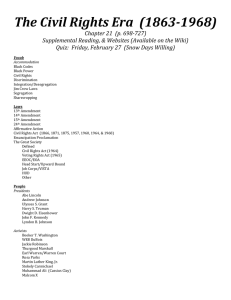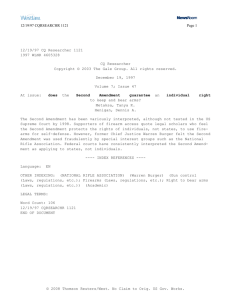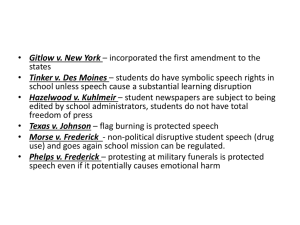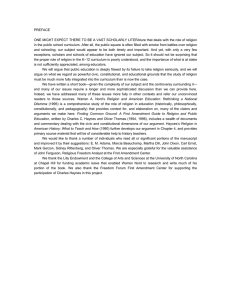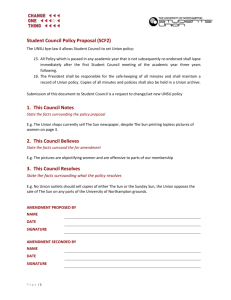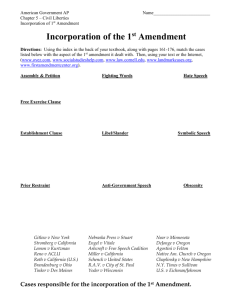Engel v Vitale Mapp v Ohio Established the Exclusionary
advertisement
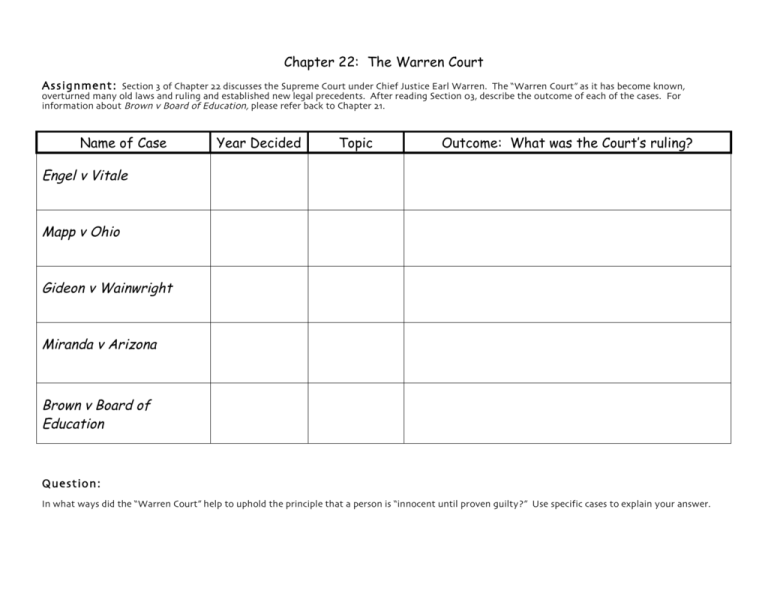
Chapter 22: The Warren Court Assignment: Section 3 of Chapter 22 discusses the Supreme Court under Chief Justice Earl Warren. The “Warren Court” as it has become known, overturned many old laws and ruling and established new legal precedents. After reading Section 03, describe the outcome of each of the cases. For information about Brown v Board of Education, please refer back to Chapter 21. Name of Case Year Decided Topic Outcome: What was the Court’s ruling? Engel v Vitale 1962 School Prayer – 1st Amendment Religious prayer in public schools was unconstitutional, according to the 1st Amendment Mapp v Ohio 1961 Search & Seizure – 4th Amendment Established the Exclusionary Rule – which states that illegally seized evidence cannot be used in a trial Gideon v Wainwright 1963 Right to an attorney – 6th Amendment Suspects in criminal cases who could not afford a lawyer had the right to free legal aid – that a lawyer would be provided for them. Miranda v Arizona 1966 A suspect must be warned of his or her rights before being questioned by the police Brown v Board of Education 1954 Procedural due process – 5th Amendment School Segregation – 14th Amendment Public schools must be desegregated – “Separate but equal” doctrine is overturned. Question: In what ways did the “Warren Court” help to uphold the principle that a person is “innocent until proven guilty?” Use specific cases to explain your answer.

